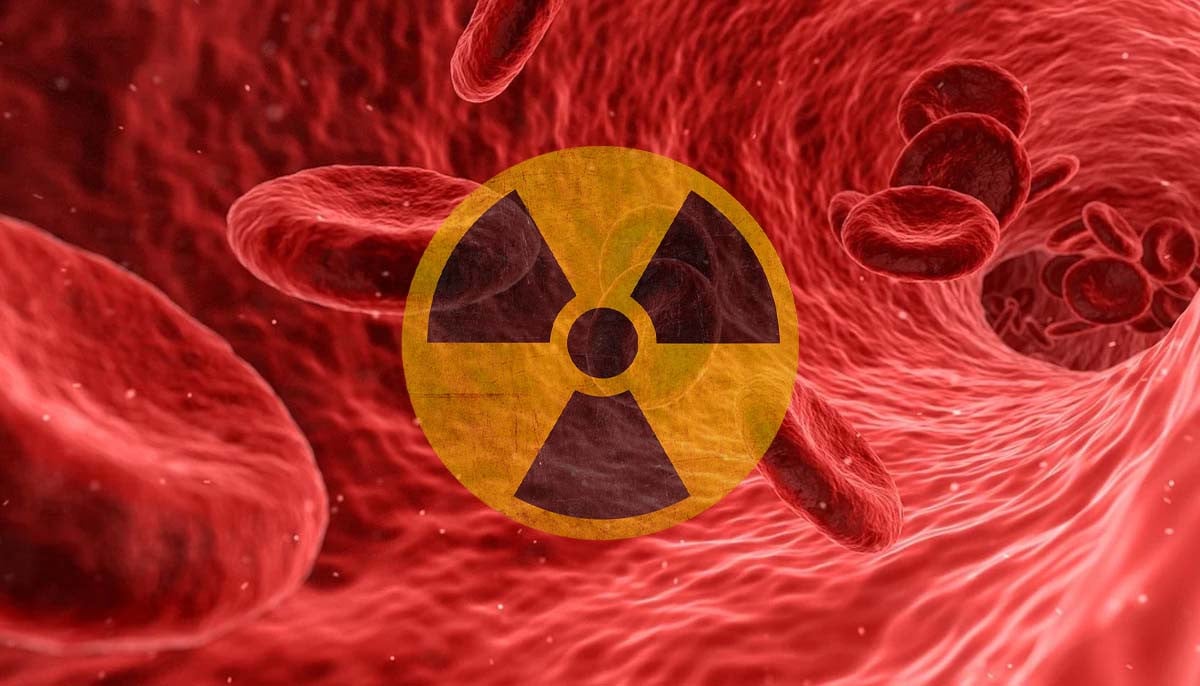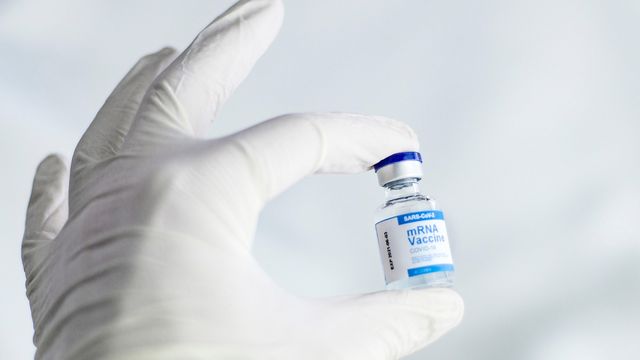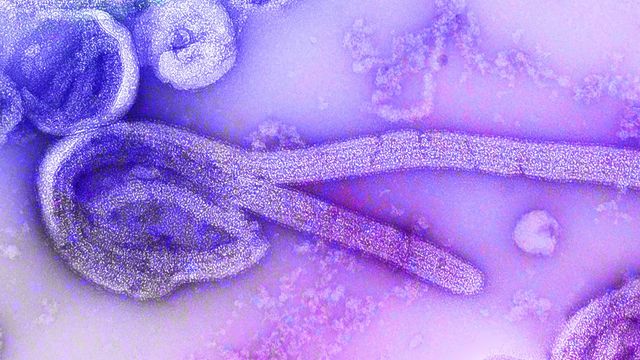Swallowing Outcomes In Head And Neck Cancer At One Year
For patients with head and neck cancer receiving radiation therapy, dysphagia can emerge early and persist as a chronic or late complication. Swallowing exercises and maintaining oral…

For patients with head and neck cancer receiving radiation therapy, dysphagia can emerge early and persist as a chronic or late complication. Swallowing exercises and maintaining oral…

A new case report was published in Volume 12 of Oncoscience, titled “Deciphering…

“Two proteins, named CXCL10 and IFN-gamma, popped up. We think these two are the major drivers of myocarditis,” Wu said. They operate like a tag team.
CXCL10 and IFN-gamma both belong to a class of proteins called cytokines: signaling…

People’s responses to gender- or sexuality-related insights sparked by psychedelics can depend largely on the support they receive, both professionally and personally. “These experiences – especially when they’re unexpected or…

GRK-Biased β2AR Agonists: A Safer Pathway for Diabetes Management
A NEW class of oral drugs selectively targeting the β2 adrenergic receptor (β2AR) through a GRK2-biased pathway offers potential advances in the treatment of type 2 diabetes…
In the summer of 2016, Zika virus made headlines around the world. The mosquito-borne illness had swept across Brazil—then hosting the Rio Olympics—and caused global alarm when infections in pregnant women were linked to babies born with…

Alastair FeeSouth of England health correspondent
 BBC
BBCPat Ellis is 77 and has chronic obstructive pulmonary…

Ebola (EBOV) and Marburg virus (MARV) are highly lethal viruses that cause severe disease in infected patients by extensively damaging the body. This includes the gastrointestinal tract. Severe diarrhea followed by dehydration is a major…
Introduction: Measles is the third most common infectious disease, after Smallpox and Polio, and the global health community has committed to eliminating it. Recently,…